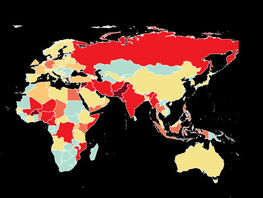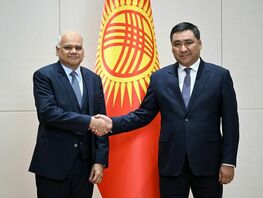The China-Pakistan Economic Corridor (CPEC), previously announced as the flagship project of the Belt and Road Initiative, has undergone significant changes. Launched in 2015 with an investment of $46 billion (later revised to $62–65 billion), the project was originally intended to become a transformational platform for Pakistan’s infrastructure and a strategic corridor for China. Over ten years, it has turned from an ambitious mega-project into a scaled-down project that must adapt to new realities.
By 2025, the project entered a new phase — CPEC 2.0 — prioritizing industrial zones, agriculture, and extractive industries instead of large-scale mega-projects. This adaptation reflects not only the practical realities of infrastructure implementation and financial constraints but also certain governance and coordination challenges affecting the speed and quality of execution.
The Main Line-1 railway project ($6.7 billion), initially designed as a key element of CPEC, has been partially revised and is now funded through the Asian Development Bank. This example demonstrates that even strategic initiatives face real financial and organizational barriers.
Of the 90 planned projects, 38 have been completed, 23 are under construction, and about one-third remain in early stages. Gwadar Port and the airport operate on a limited scale, highlighting the gap between ambitious plans and actual implementation.
CPEC has significantly increased Pakistan’s external obligations to China — approximately $30 billion, or about 30 зуксуте of the country’s external debt. High loan interest rates and foreign currency financing create serious debt pressure, making successful project implementation more vulnerable to economic and political risks.
The project also faces security and social perception challenges. In Balochistan, local initiatives call for a more balanced approach, ensuring that residents’ interests are considered alongside major investment goals.
Of nine Special Economic Zones (SEZs), active development is observed in only three, while the others remain in planning or discussion stages. This underscores institutional challenges and the need for more coordinated actions to achieve the original ambitions.
The project exerts pressure on the environment: increasing resource consumption and emissions require strengthened monitoring and the adoption of sustainable solutions; otherwise, risks to ecosystems could be significant.
CPEC is developing against the backdrop of changes in international relations. New partnerships create opportunities for investment diversification but also reveal the vulnerability of a model overly dependent on a single key partner.
CPEC 2.0 demonstrates that even large, ambitious initiatives require flexibility, careful management, and consideration of real economic, institutional, and social conditions. The project remains strategically important, but its implementation faces serious challenges, making plan adaptation inevitable and highlighting the need for a strategic approach and balanced risk allocation.







